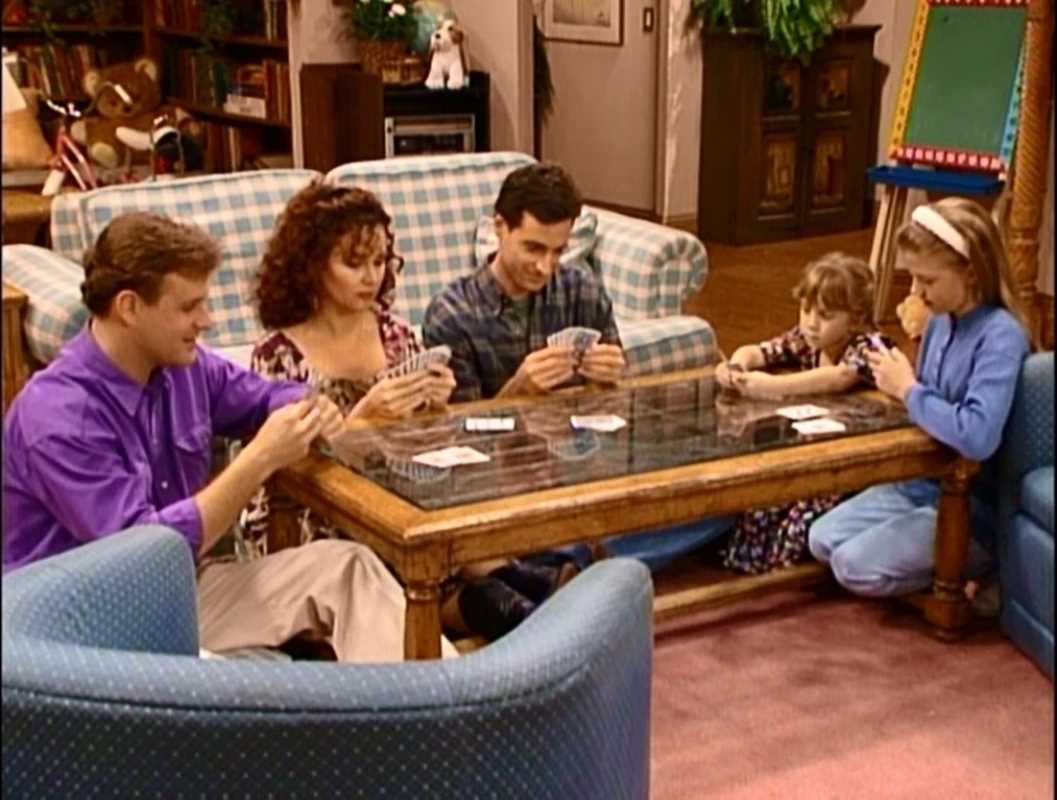Running a household is no small feat, and it runs smoother when everyone contributes. Chores are not just about getting things done; they teach accountability, build life skills, and create a sense of teamwork within a family. The key to household harmony is assigning age-appropriate chores that every family member can handle and feel good about. By matching tasks to each person’s ability, you’ll lighten the load and build a family culture of shared responsibility.
Here’s a breakdown of how chores can be divided among different age groups, from toddlers to adults, and tips on making it work.
Toddlers (Ages 2-4): Starting Small and Simple
Believe it or not, even toddlers can help out around the house. At this age, kids love being “helpers,” so this is the perfect time to introduce simple tasks that make them feel included.
Examples of Age-Appropriate Chores for Toddlers:
- Picking up toys – Teach them to put their toys into bins or baskets. Make it a game (“Can you clean up before the timer runs out?”) to keep it fun.
- Wiping surfaces – Give them a damp cloth to wipe low surfaces like tables or chairs. Little hands can also ‘dust’ with a feather duster.
- Putting dirty clothes in the laundry basket – They can manage tossing their socks or shirts into a basket with ease.
- Watering plants with supervision – Give them a small watering can and assign one or two plants they can “take care of.”
Tips for Success:
- Keep it lighthearted and playful to hold their attention.
- Offer lots of encouragement like “Wow, you’re so helpful!” to build their confidence.
- Don’t aim for perfection—it’s about creating good habits, not spotless results.
Young Children (Ages 5-8): Building Responsibility
At this stage, kids are developing coordination and a better understanding of instructions, so their chores can be a bit more involved. They’re also starting to feel pride in contributing to the family’s needs.
Examples of Age-Appropriate Chores for Young Children:
- Setting the table – They can handle placing napkins, utensils, and plates at each spot.
- Feeding pets – Assign them the responsibility of feeding and refilling water bowls.
- Clearing their dishes – Teach them to bring plates and cups to the sink or dishwasher when they finish eating.
- Sorting laundry – Children at this age can sort clothes into piles (lights, darks, colors).
- Making their bed – It won’t be hotel-perfect, but it’s a great habit to introduce.
- Sweeping crumbs with a handheld broom – It’s manageable and helps tidy up after meals.
Tips for Success:
- Use charts or stickers to track completed chores and celebrate their progress.
- Continue to make chores feel rewarding, not punishing. You can say things like, “You’re helping make our home nice for everyone!”
- Explain the purpose behind each chore. For example, “We pick up our laundry to keep our room clean and cozy.”
Preteens (Ages 9-12): Growing Independence
Preteens are old enough to handle more complex tasks and even start learning some new life skills. They’re beginning to develop independence, so it’s important to give them responsibilities that challenge them without overwhelming them.
Examples of Age-Appropriate Chores for Preteens:
- Vacuuming or sweeping floors – They’re tall enough to handle these tasks with ease.
- Loading the dishwasher – Teach them how to properly stack plates and utensils (and how to avoid overloading it!).
- Folding simple laundry – They can start with towels or their own shirts.
- Taking out the trash – Show them how to tie up garbage bags and where to place them outside.
- Helping with meal prep – Preteens can rinse vegetables, measure ingredients, or stir mixes.
- Babysitting younger siblings for short periods – A small step toward responsibility, like keeping a toddler entertained while you finish a quick task.
Tips for Success:
- Give them more autonomy by letting them choose which days to complete their chores.
- Acknowledge their hard work to motivate them. For example, “You’re becoming a pro at folding laundry—thank you for helping out!”
- Pair chores with privileges like screen time or outings to show that their contribution is valued.
Teenagers (Ages 13-17): Preparing for Adulthood
Teenagers are preparing to leave the nest soon (believe it or not), so chores for this age group are about learning the skills they’ll need as adults. While they might grumble, completing household tasks teaches them time management, accountability, and cooperation.
Examples of Age-Appropriate Chores for Teenagers:
- Doing laundry independently – Teach them how to use the washer and dryer, measure detergent, and the importance of separating whites and colors.
- Cooking simple meals – Start with basics like pasta or grilled cheese and work up to more adventurous dishes.
- Yard work – Mowing the lawn, raking leaves, or shoveling snow are great ways for teens to pitch in.
- Cleaning the bathroom – A necessary skill before moving out, they can scrub sinks, wipe mirrors, and clean toilets.
- Driving-based errands – If they have their license, they can pick up groceries or drop off packages.
- Helping with budgeting and bills – Learning how to track expenses or manage a small allowance teaches essential money skills.
Tips for Success:
- Be clear and direct when assigning chores, and use a friendly but firm tone to set expectations.
- Allow them to listen to music or a podcast while working—teens love multitasking.
- Emphasize the life skills they’re gaining. For instance, “You’ll already know how to cook when you have your first apartment!”
Adults: Teamwork and Fair Division of Labor
Of course, adults in the house need their share of duties too. A family should function as a team—not as parents carrying all the weight while kids relax on the sidelines or older relatives take on less.
Examples of Chores for Adults:
- Major housekeeping tasks – Deep cleaning, organizing storage areas, and replacing broken fixtures are often left to the grown-ups.
- Handling the household calendar – Coordinating appointments, events, and schedules keeps everything running smoothly.
- Financial management – Paying bills, budgeting, and grocery shopping usually fall to the adults in the household.
- Teaching others – Part of your “chore” might involve mentoring younger family members with new tasks.
Tips for Success:
- Lead by example—when kids see parents willingly doing chores, it encourages them to participate.
- Avoid taking over tasks your kids or spouse are responsible for. Passing them off signals that you don’t trust them to get it done.
Making it Work for Everyone
Balancing chores shouldn’t feel like constant nagging. Instead, aim to make tasks a normal part of daily life where everyone pitches in. Here’s how you can keep things running smoothly:
- Assign rotating chores: Using a rotation method keeps everyone engaged with different tasks and prevents burnout from doing the same thing repeatedly.
- Hold family chore meetings: Check in regularly to see if the system is working or needs adjusting.
- Focus on teamwork: Remind your family that maintaining the home is a group effort, not the responsibility of a single person.
Balancing chores between family members of all ages is about fairness, collaboration, and life preparation. When everyone pitches in—whether it’s the toddler picking up toys or the teenager cooking dinner—you’re teaching more than just how to do chores. You’re instilling habits of responsibility, cooperation, and pride in contributing to the household. Not only does this lighten the workload for everyone, but it also creates a supportive environment where each person feels valued.
Housekeeping doesn’t have to be a solo effort—your family can tackle it together and make it a rewarding experience for all. Happy chore-sharing!






.jpg)
.jpg)